Optimal Timing for Siding Services

Spring offers moderate temperatures ideal for siding installation and repairs, reducing the risk of weather-related delays.

Summer provides longer daylight hours and warm weather, making it suitable for extensive siding work, provided the temperatures are not excessively high.

Fall is a good time to schedule siding services before colder weather sets in, ensuring protection for the upcoming winter months.
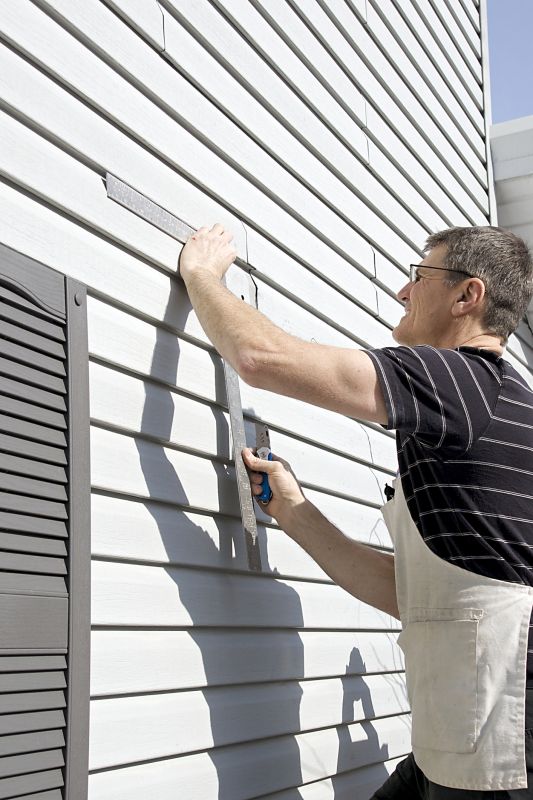
Ways to make Siding Service work in tight or awkward layouts.
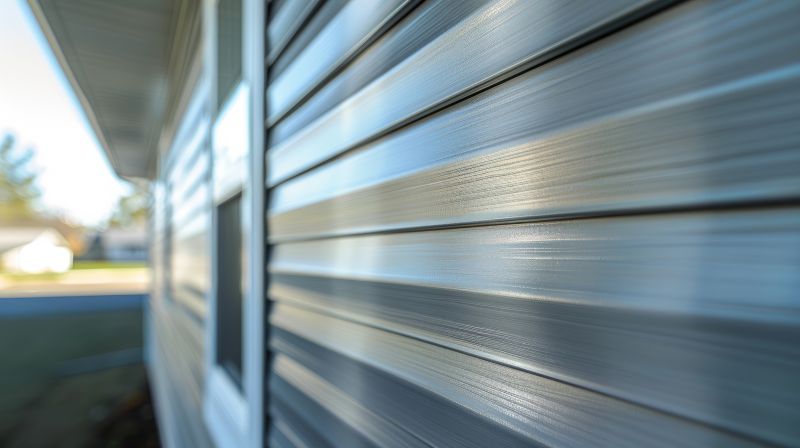
Popular materials for Siding Service and why they hold up over time.
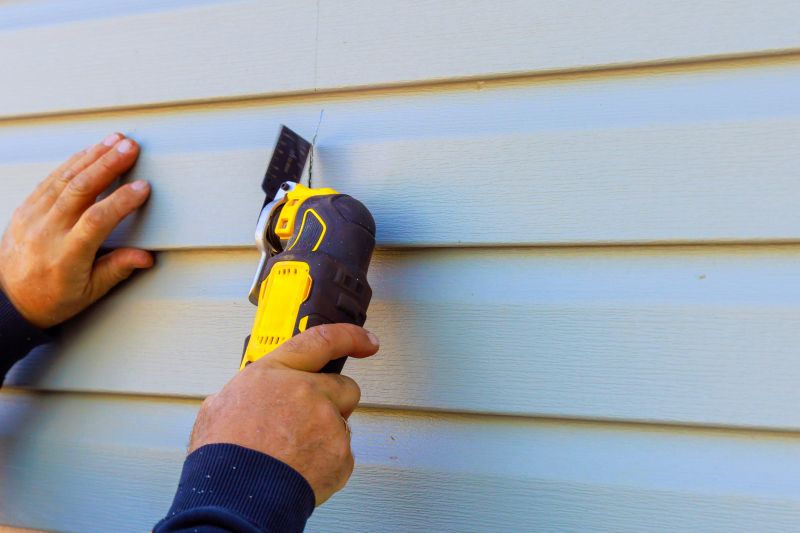
Simple add-ons that improve Siding Service without blowing the budget.
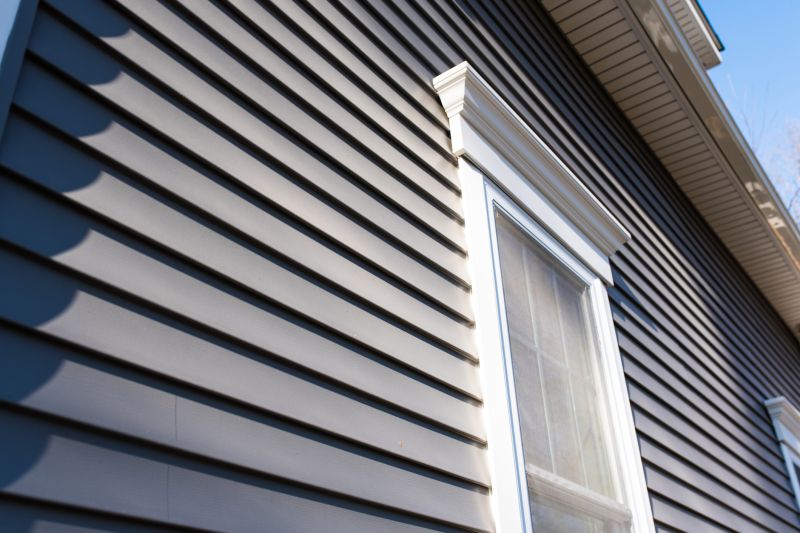
High-end options that actually feel worth it for Siding Service.
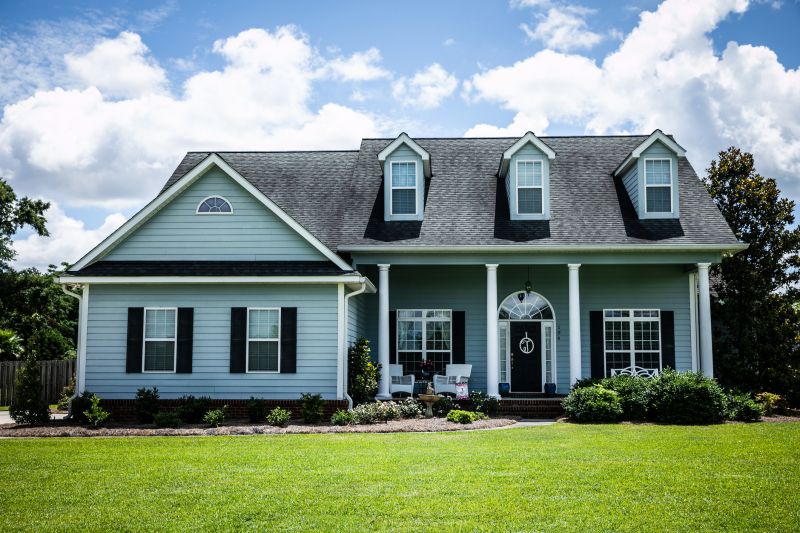
Finishes and colors that play nicely with Siding Service.
Siding service involves the installation, repair, and maintenance of exterior wall coverings that protect buildings from weather and enhance aesthetic appeal. Proper timing of siding projects can influence durability and cost-effectiveness. Seasonal considerations, such as temperature and humidity, impact the quality of installation and repair work. For example, extreme cold can hinder adhesion and material handling, while high humidity may cause delays or issues with paint and finish application.
Ideal conditions for siding work include mild temperatures and low humidity, typically in spring and fall.
Extreme heat or cold can affect siding materials and installation quality, leading to potential issues down the line.
Planning siding projects during moderate weather seasons ensures better results and fewer delays.
While possible, siding work in winter requires specialized techniques and may incur additional costs due to weather challenges.

Spring's mild weather allows for efficient and effective siding installation.
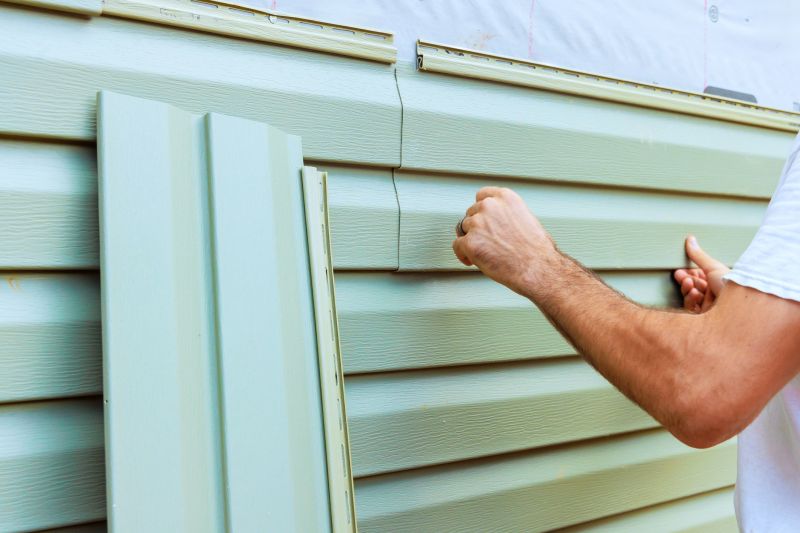
Summer's longer days facilitate timely repairs and replacements.

Fall prepares the building for winter with protective siding services.
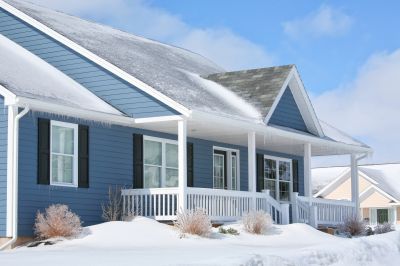
Winter work requires special techniques but can be scheduled with proper planning.

Weather conditions directly influence siding project timelines and quality.
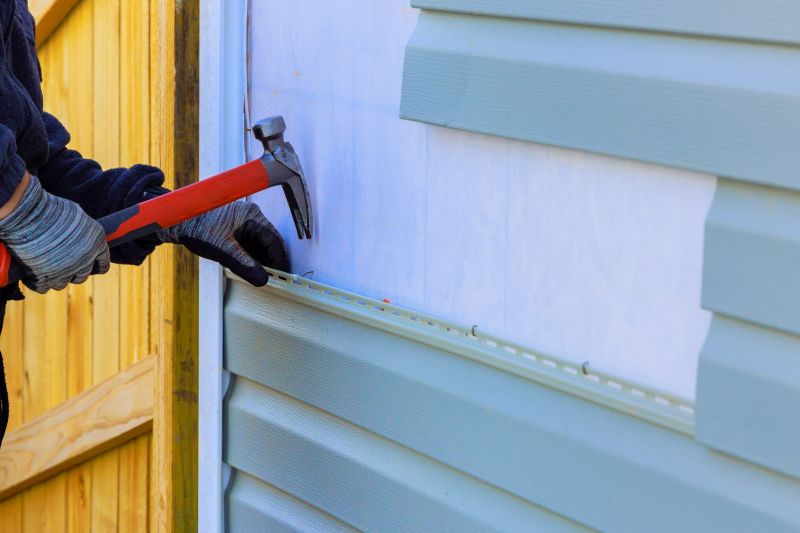
Proper planning ensures siding durability and aesthetic appeal.
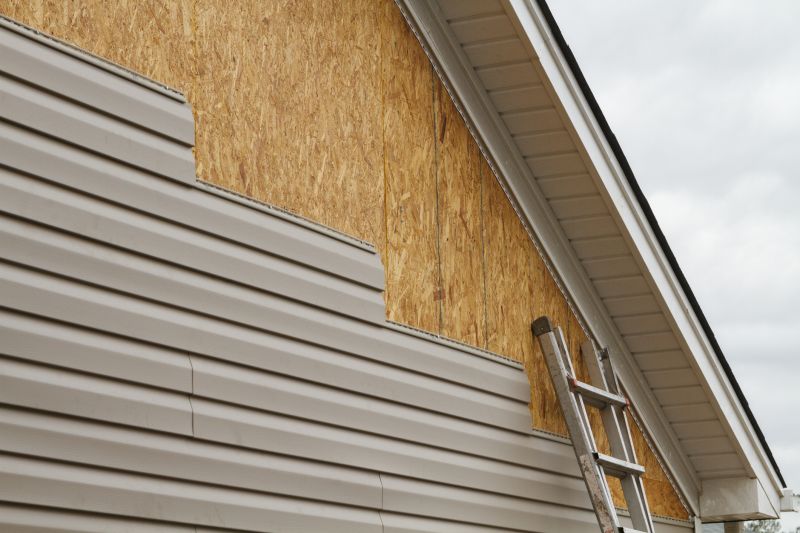
Select the optimal season based on weather forecasts and project scope.

Pre-season planning minimizes delays and maximizes results.
| Season | Ideal Activities |
|---|---|
| Spring | Installation, repairs, and maintenance in mild weather |
| Summer | Major repairs and replacements with longer daylight hours |
| Fall | Preparation for winter, inspections, and minor repairs |
| Winter | Limited projects, specialized techniques for cold weather |
| Late Fall | Scheduling before cold weather sets in |
| Early Spring | Starting projects early to avoid peak season delays |
Proper timing for siding service depends on local climate conditions and project requirements. Scheduling during seasons with moderate temperatures can improve installation quality and reduce potential delays. It is advisable to plan ahead and consider weather forecasts to select the most suitable period for siding work.

Spring's moderate weather supports efficient siding installation.
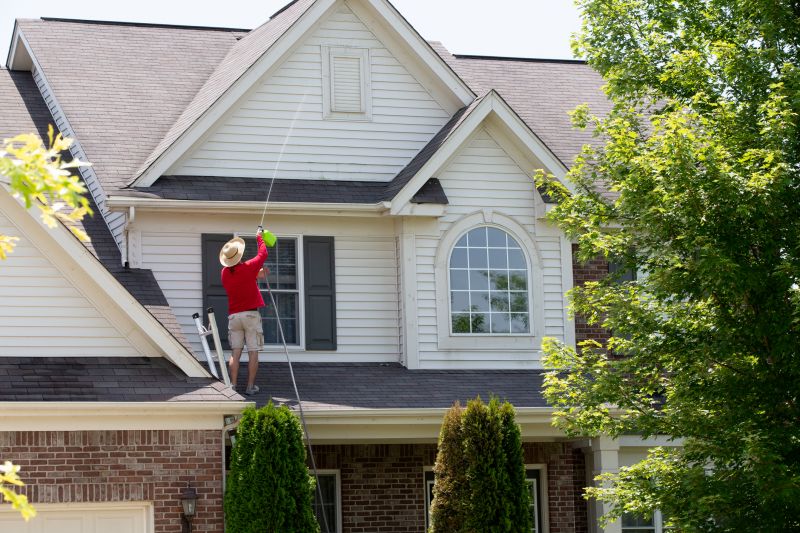
Warm weather and long days facilitate extensive siding work.
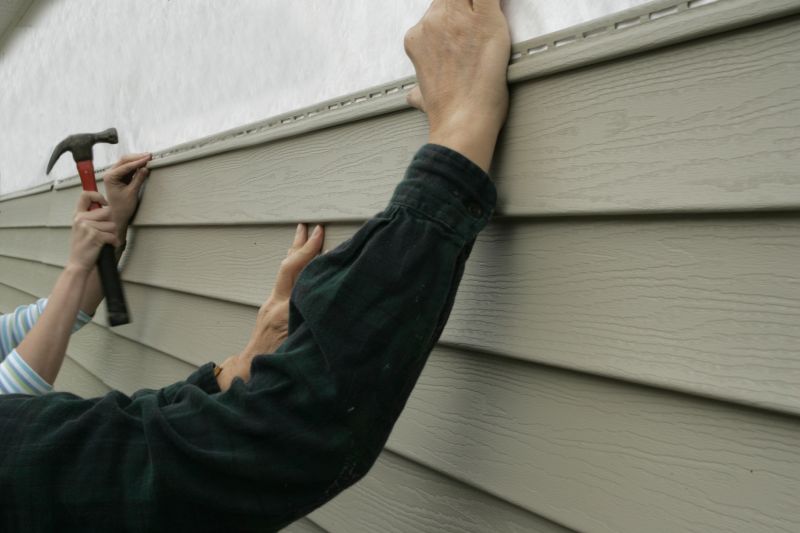
Fall ensures siding is ready before winter's arrival.
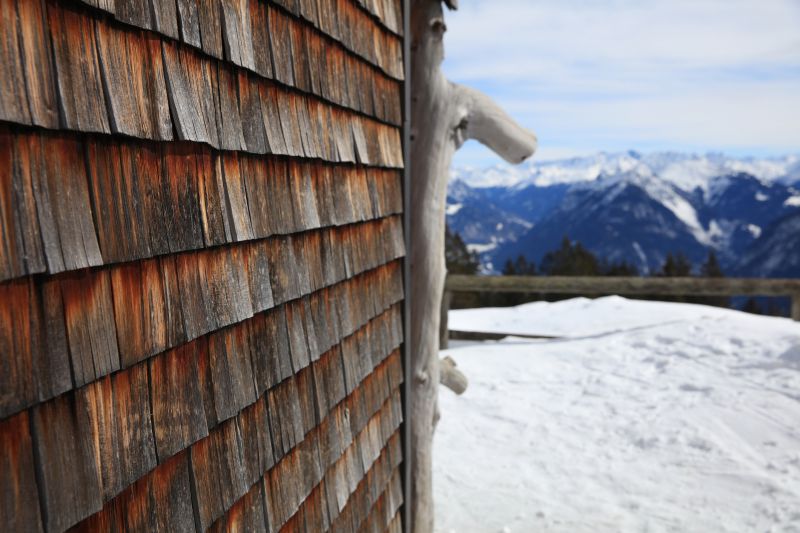
Cold temperatures require specialized techniques for siding work.

Small tweaks to make Siding Service safer and easier to use.
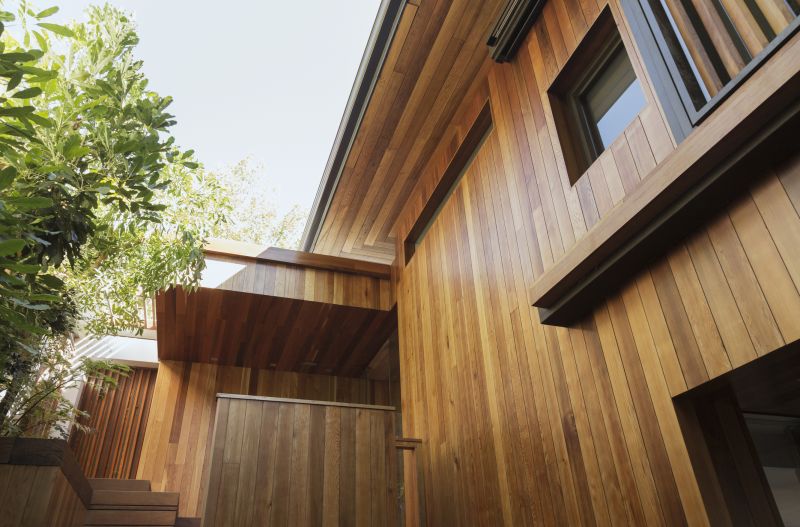
Lower-waste or water-saving choices for Siding Service.
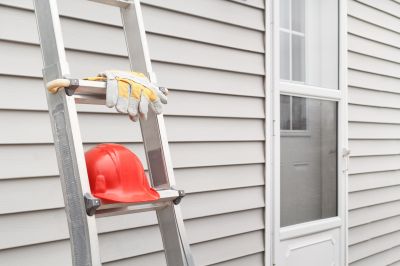
The short, realistic tool list for quality Siding Service.

Rough timing from prep to clean-up for Siding Service.
Interested property owners can contact for scheduling siding services during the most suitable season. Proper timing ensures durability, aesthetic appeal, and cost efficiency. Planning ahead helps avoid delays caused by adverse weather conditions and ensures the project meets quality standards.


